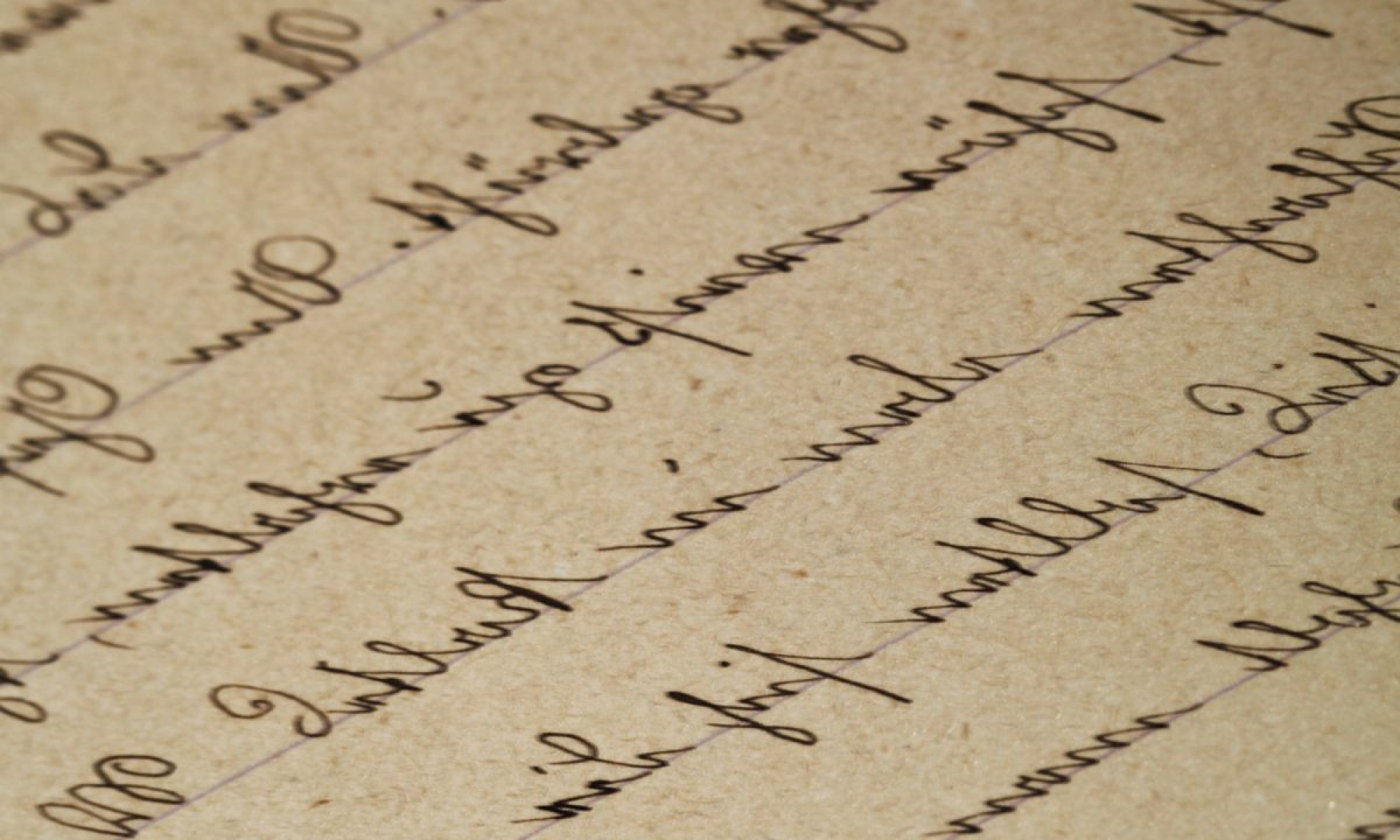Rachel’s sixth task was enjoyable because it portrays one of my favourite movies! I enjoyed how Rachel started with and interpreted the title. I think I may have left it as just the middle envelope emoji, or maybe a man and woman emojis with the envelope in the middle. I prefer her interpretation of the title more, however. Moreover, the way in which she outlines the plot is a very apt description of the main points. I would have added Brinkley though!
Compared to my emoji story, I found Rachel’s to be more eloquent and well-defined. My “story” is more like a summary of all the seasons of the show. I also did not isolate the title from my plot, because my title would have been just the second emoji of my story – the detective. This, of course, would have given away the show and I would not have needed a “story” at all. I wonder how it would have been received though, had I just put that one emoji and nothing else for this task. Rachel highlights how every reader interprets a text “differently based on prior knowledge, current context, and cultural meaning”. If I hadn’t known what movie she was referring to in her story, would I have been able to interpret the laptop, email, love as the title of this movie? Or would it have been interpreted more “literally”?
Rachel ends her reflection with her thoughts on the phrase “a picture is a worth a thousand words”, connecting it to Kress’ comparison of an image and a story. This was also the basis of my thought process of whether “less is more” when it came to writing my emoji story. Is it what is present that counts more or what is left out that gives it more meaning? Originally, I had a lot more emojis in my story but edited them out to get a more streamlined version. Rachel wonders if we should even put images and stories in the same boat, or whether they are completely different entities? To this, I want to reiterate the quote from my post: While words are open to interpretation, depictions provide more context and “constitute their own silent language” (Bolter, 2001, p. 59). Images and words may not be the same, yet they complement each other. They can each, in their own right, provide context (and meaning) for the other.
Artifact layout:
Rachel’s blogsite is bright, well-organized, and has a fun, quirky title. The header has an enticing image of a pier at sunset, and a clear menu. Her site was easy to navigate, as her site was organized very similar to mine. The main difference between our sites was the colour palette: mine is dark themed and hers is light. It was nice to navigate through her tasks and learn more about Rachel.

